Obstacle course races and mud runs have become extremely popular within the past five years and huge races that happen across the nation have evolved. Races such as the Tough Mudder, Mud Factor, Spartan Race, Warrior Dash, and the Dirty Girl Mud Run have risen in popularity. But, whether you're physically prepared or not, mud runs and obstacle course races can take a toll on the body. There are numerous dangers presented on the course - outside of your control - that can put your health at a risk. Besides all the bruises, scrapes and sprained or broken bones, these events can result in some rather unpleasant illnesses largely due to the wet and muddy environment of the race.
Here are 5 illnesses that you should be aware of:
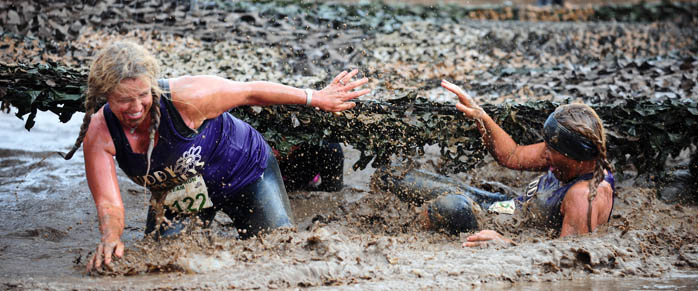
1. Norovirus
Approximately 1,000 people experienced symptoms of norovirus as a result of competing in a mud race in France. This highly contagious virus causes vomiting, fever, and diarrhea. You can easily become infected with it either by coming into close contact with a person who has it in the race or by being exposed to mud that is contaminated with the fluids from someone with norovirus. It can take up to two days for the symptoms to start showing, but usually goes away after a couple of days and is not life-threatening.
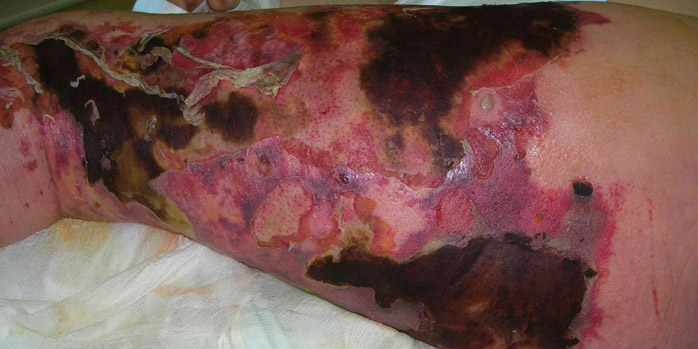
2. Flesh-Eating Bacteria
Anyone who has ever completed a mud run can attest to the fact that it is nearly impossible to finish one of these races without being covered in scratches and scrapes. Unfortunately, those small scratches can have serious consequences because harmful bacteria can enter through them and cause severe infections. For example, a woman in Texas lost her vision in one eye after participating in a mud race. Experts think that debris from the race cut her eyeball, which then enabled flesh-eating bacteria to get in and eventually destroy her cornea. To help prevent being infected by flesh-eating bacteria, you may want to consider wearing long pants or tights and a long-sleeve shirt. This will offer an additional layer of protection for your skin. You may also want to wear tight protective goggles during a mud run in order to protect your eyes.
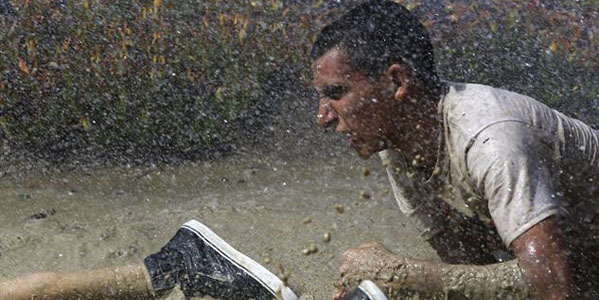
3. Rhabdomyolysis
Rhabdomyolysis is a condition that occurs when damaged skeletal muscle breaks down rapidly and releases potentially toxic contents into the bloodstream. It can be caused by the over-exertion of muscles, which can happen during lengthy, hardcore obstacle course races. Symptoms include intense weakness, tenderness, muscle stiffness, or bloody urine. If you happen to experience any of these symptoms - particularly extreme muscle soreness or brownish or red urine – seek medical treatment immediately as you will likely need to be admitted to a hospital.
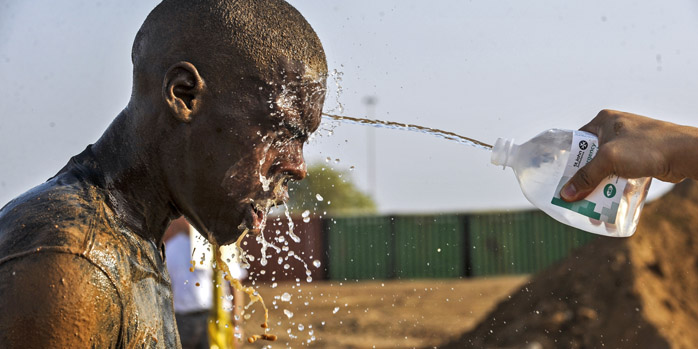
4. Leptospirosis
Leptospirosis is a bacterium present in animal urine that can survive in soil and water for weeks or even months, per the CDC. Since many obstacle races take place in rural areas, it's not surprising that this poses such a risk. The bacteria can find its way into your body through scratches or cuts in the skin or when you swallow contaminated water. If infected, you could develop diarrhea, fever, chills, skin rash or abdominal pain. You should seek medical treatment if you suspect you've gotten infected. This illness is usually treated with antibiotics and can last anywhere from two days to three weeks or more. If left untreated, it can result in more serious conditions such as meningitis or kidney/liver failure.

5. Campylobacter
Campylobacter Coli is a bacterium that causes nausea, diarrhea, abdominal cramping and vomiting that can persist for around seven days. The source of this illness is soil contaminated with swine and cattle feces. Mud run participants often unintentionally swallow mud that splashes on their faces during the obstacle course, so if the mud is contaminated, the bacteria will be passed on immediately. Swallowing even small amounts of mud that gets on your lips and face is enough to get sick, but it can take two to five days after encountering the microorganisms before you start experiencing symptoms. Even if the course is not located near a farm, the mud can still get contaminated with bacteria from decomposing animals and plants.
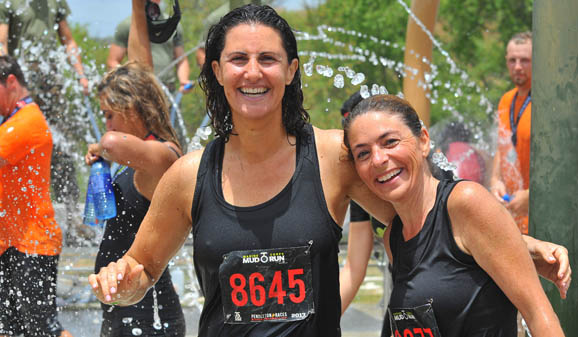
While some of these bacteria can be virtually impossible to avoid when participating in a mud race, there are certain precautions you can take to stay healthy. The best thing you can do is avoid ingesting any mud or water even if you encounter it (which you will!). Clean up afterwards with soap and water as soon as you can, especially if you have any cuts or scratches. Wearing thick non-absorbent clothing and goggles can also help, although this may not be appealing if the weather is hot. If you suspect you’ve been exposed to something, get yourself checked immediately after the race has ended.
Keywords: Obstacle course races, illness, mud runs, sickness, safety/protection